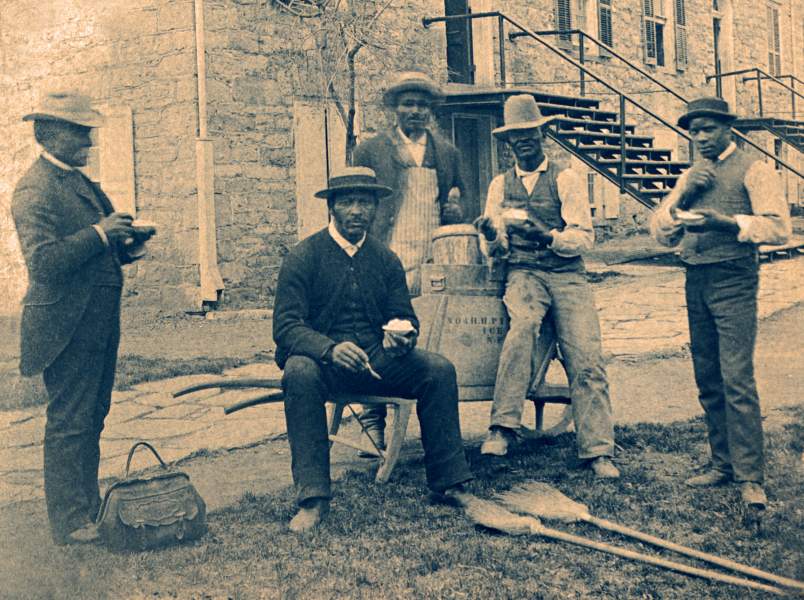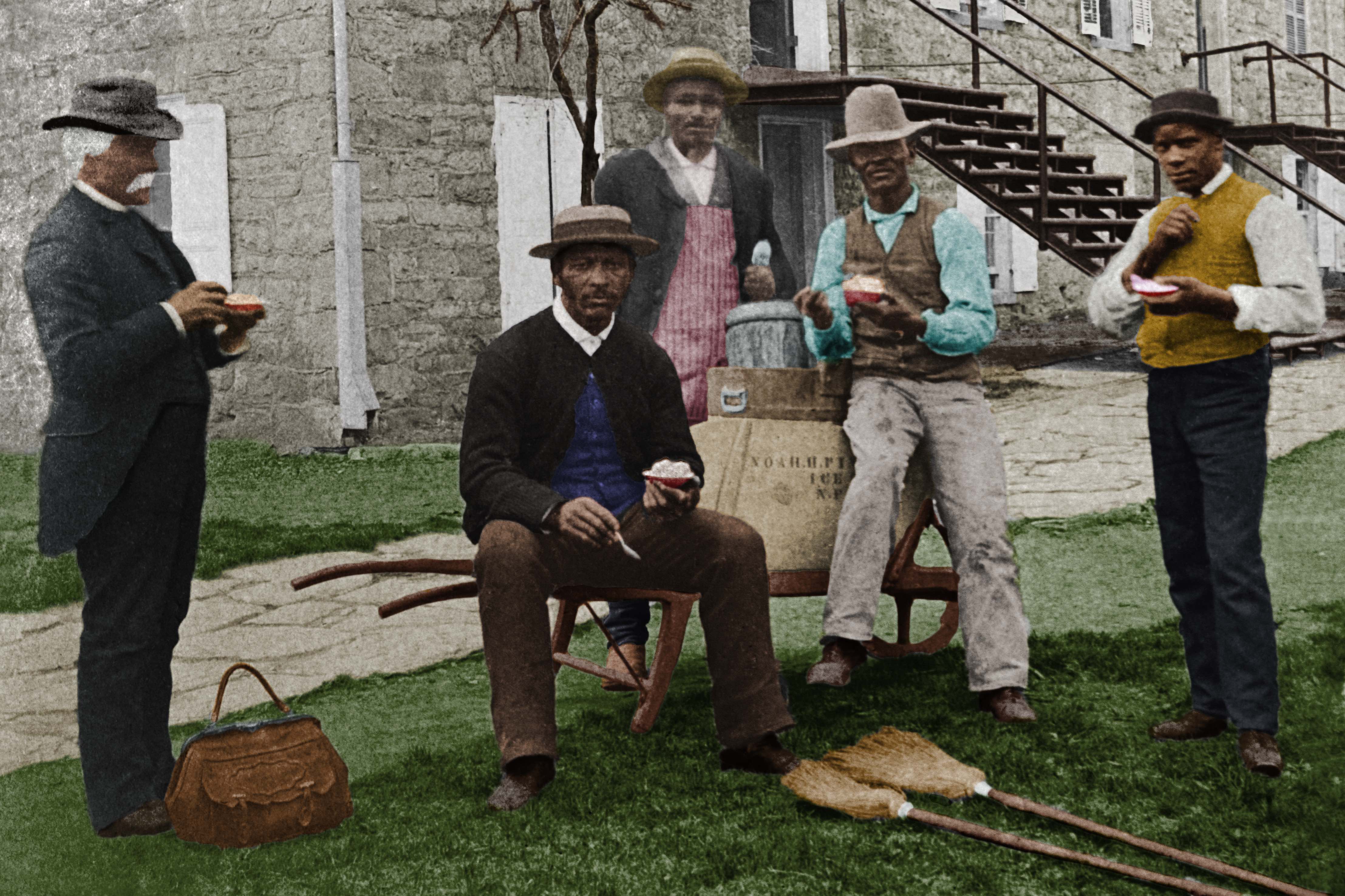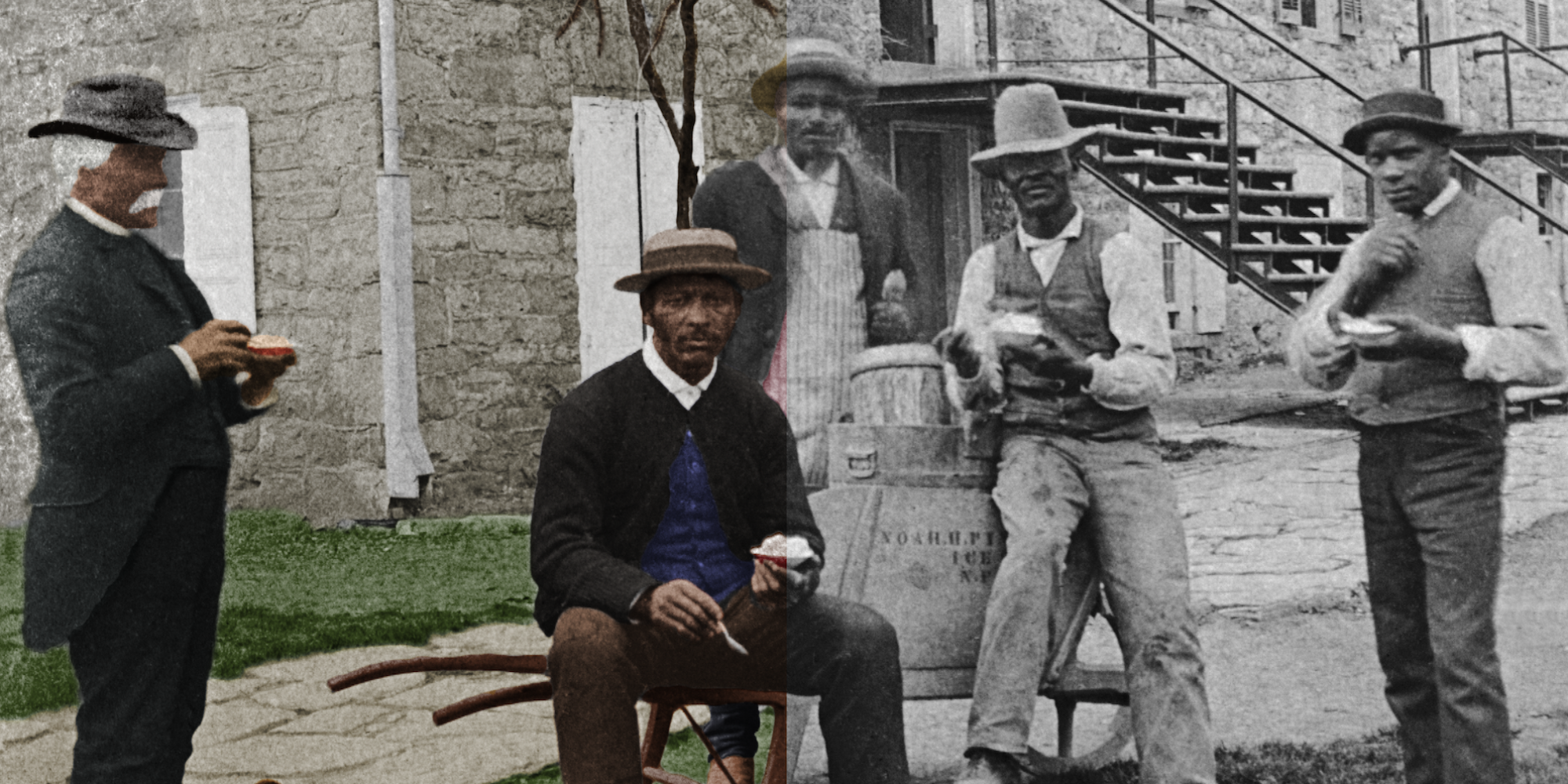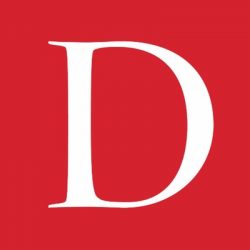Sometime around the summer of 1890, a science professor at Dickinson College took the remarkable photograph now featured as the banner image at our site. The image captures former enslaved men relaxing with ice cream outside of East College. Charles F. Himes (Class of 1855) was a devoted amateur photographer. He had been capturing photographic images on campus and around Carlisle since at least the 1860s, not long after his student days. Himes was experimental by nature and something of a pioneer in the field. He had prepared this particular image as a cyanotype, which means that it was like an early blueprint, or a cheap reproduction made in blue (cyan) ink. The original cyanotype has been preserved within the Himes family papers at the college archives.
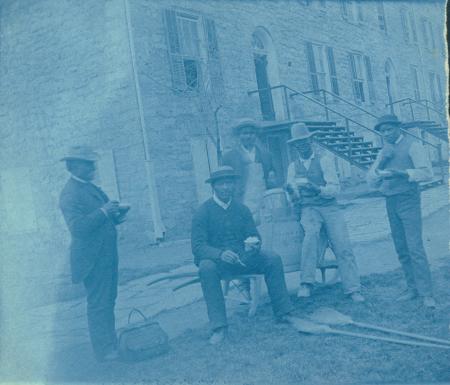
The archives staff has identified this image as, “African-American janitors – Noah Pinkney, Robert Young, et al., with cart in front of East College – c. 1880,” and created an initial post about the image several years ago, but there’s much more to this compelling story.
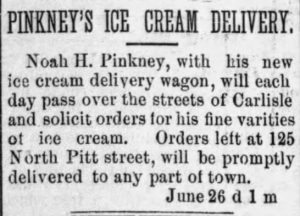
Noah Pinkney, the vendor featured here dishing out his ice cream in front of East College, did not begin selling any of his cold treats until later in the 1880s. Pinkney, a former slave from Maryland, had lived and worked in Harrisburg until the early 1880s. He then moved to Carlisle around the middle of the decade and soon became a favorite food-seller among the Dickinson students. So, without much doubt, the picture must have been taken closer to 1890 than 1880.
It is also finally possible to be more deliberate about naming some of the individuals and their occupations in this iconic photograph. Pinkney was not a janitor or formal employee of the college, but he and his second wife Carrie (“Aunt Noah”) acted for years as unofficial campus food vendors serving both students and faculty. Pinkney sold pretzels, sandwiches, oysters, chocolates, and ice cream from his vendor’s cart and later from his residence on North West Street. Robert Young, the man seated in front of Pinkney and staring intently at the camera, was a long-serving janitor at Dickinson by 1890, but he had begun his employment on campus in the late 1860s as a household servant to President Dashiell. Like Pinkney, Young had also been enslaved before the Civil War, though in Virginia, not Maryland. In November 1899, Young also became sworn in as the official head of campus security. The two men were about the same age (in their mid-40s at the time of this photograph) and were close friends for years.

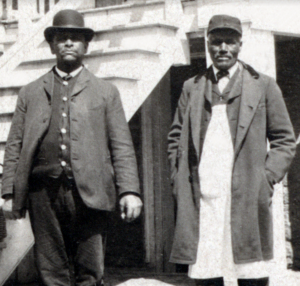
The other figure in this image whom we can identify with near certainty is Henry W. Spradley, the man in the slouch hat leaning against Pinkney’s ice cream cart. During the 1880s and 1890s, Spradley served alongside Robert Young as one of the college’s senior janitors and bell-ringers (as they were called). The two brooms lying in front of them were probably theirs. The two men were pictured together in a recently rediscovered photographic image, from the mid-1880s, where they were seated along the steps of Old West with Spradley’s son Shirley. This striking image was taken by local Carlisle photographer Albert A. Line (with an original print stored in Line’s papers at the Cumberland County Historical Society). The resemblance between Line’s image of Spradley (c. 1885) and Himes’s cyanotype view of him from about five years later is clear. But unfortunately, neither appearance quite matches a third photograph discovered some years ago in the Dickinson College Archives that was also designated as “Uncle Henry Spradley.” But that one represents an entirely different mystery.
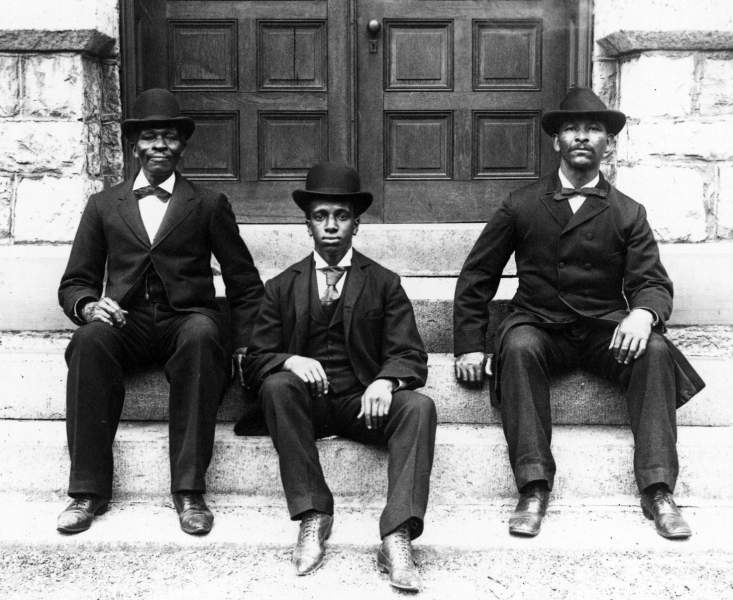
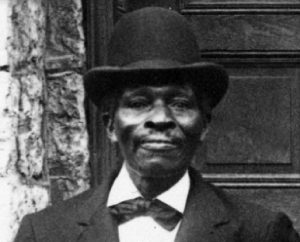
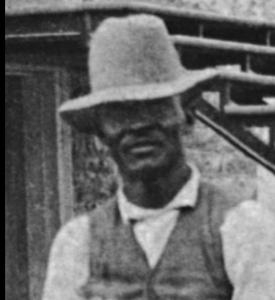
We are somewhat less confident about naming the two remaining figures who appear on the periphery of the 1890 Hime cyanotype image. The young man standing on the right in the vest might be Shirley Spradley. He was just a boy in the image taken with his father and Robert Young on the steps of Old West, but by this point, he would have been a full teenager (about 16 or 17). Shirley Spradley was often on campus (his family lived there and during the 1890s he worked occasionally as a sub-janitor, assisting his father). Of course, there were other younger black men from the area who might have been on campus either as temporary employees or passersby who might have been invited to participate in this photo-taking, but we consider Shirley Spradley among the more obvious candidates.
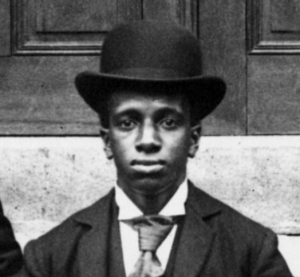
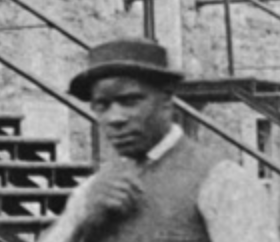
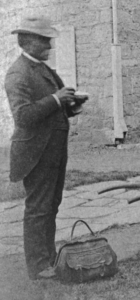
Yet perhaps the most provocative speculation here concerns the identity of the older man standing on the far left, in front of his small bag. We are venturing to guess that this person might have been Robert Chargo, an influential black leader in Carlisle who lived near campus and was known in the local press as “Dr. Chargo.” Chargo was not actually a medical doctor, but he was an older man (about 57 years old at the time of the photograph) and may have earned such a designation because he carried a doctor’s-style Gladstone bag like the one featured in the photograph. Regardless, if Chargo was the older man in this image, then the cyanotype captured an especially revealing snapshot of a relationship in transition. Chargo and Robert Young were both leaders in the Shiloh Baptist Church, an institution that was convulsed later that summer with an internal dispute that provoked scandal and drew the attention of Carlisle newspapers. Robert Young (seated) was even charged at one point with assaulting Chargo. In other words, this idyllic image of some friends enjoying ice cream might well have represented merely a calm before an unexpected storm.
Regardless of the identities of these peripheral standing figures, there is no doubt that this summertime image by Professor Himes captured an important perspective on the lives of three formerly enslaved men central to Dickinson’s post-war development –Noah Pinkney, Henry Spradley and Robert Young. The image portrayed them in midstream as they were forging a new life in freedom for themselves and their families at Dickinson and Carlisle. That is why we have taken time not only to deepen our understanding of this image, but also to enhance it. Prof. John Osborne has cleaned up the original cyanotype for our House Divided research engine and student intern Amanda Donoghue (Class of 2019) has colorized that version. Our banner then combines these two adapted images in a way that suggests how we are aspiring to bring the past to life in our Dickinson & Slavery initiative.
